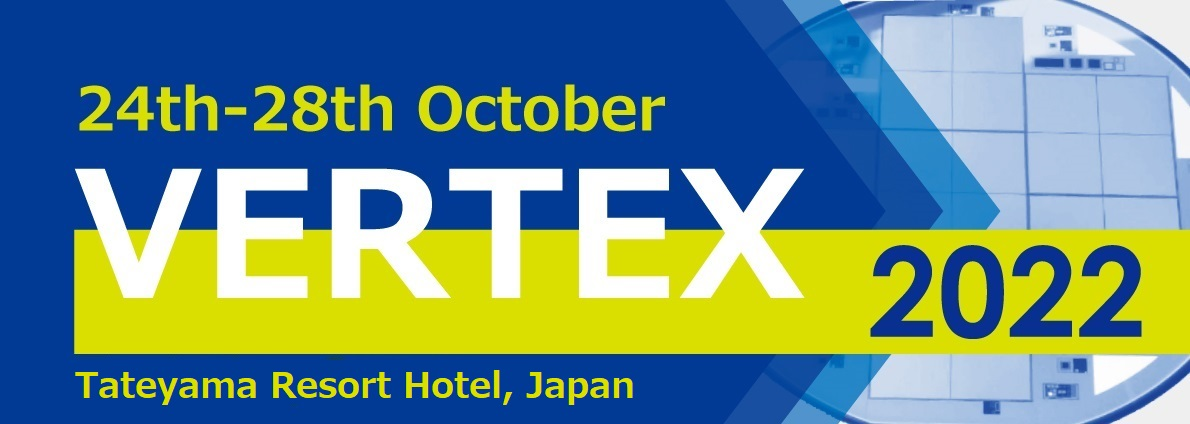Speaker
Description
LHCb has recently submitted a physics case for an Upgrade II detector to begin operation in 2031. The upcoming upgrade stage is designed to run at instantaneous luminosities of up to $1.5 \times 10^{34} cm^{-2}s^{-1}$, and accumulate a sample of more than 300 fb$^{-1}$. At this intensity, the mean number of interactions per crossing would be 42, producing around 2000 charged particles within the LHCb acceptance. To meet this challenge, precise timing information will be added to the vertexing and tracking systems.
In particular, the LHCb upgrade physics programme is reliant on an efficient and precise vertex detector (VELO). The higher luminosity poses significant challenges which need the construction of a new VELO with enhanced capabilities. Compared to the currently installed detector, the data rate will be 10 times higher with corresponding increases in radiation doses and occupancies. To cope with the large increase in pile-up, new techniques to correctly assign each b hadron to the primary vertex from which it originates, and to perform the real time pattern recognition, are needed. To solve these problems a new 4D hybrid pixel detector with enhanced rate and timing capabilities in the ASIC and sensor will be developed.
Improvements in the mechanical design of the Upgrade II VELO will also be needed to allow for periodic module replacement. The design will be further optimised to minimise the material budget before the first measured point on a track (which is dominated by the RF foil) and to achieve a more fully integrated module design with thinned sensors and ASICs combined with a lightweight cooling solution. As well as improving the VELO performance, quantified by the impact parameter resolution, these changes will be beneficial both in improving the momentum resolution of the spectrometer and reducing the impact of secondary interactions on the downstream detectors.
This presentation will show the most promising technologies to be used in the future upgrade for the HL-LHC, with emphasis on the timing precision as a tool for vertexing in the next generation detectors.
The most recent results from beam tests motivated by time measurements will be presented together with the possible R\& D scenarios for the future upgrade.
| contact person e-mail | egkougko@cern.ch |
|---|
